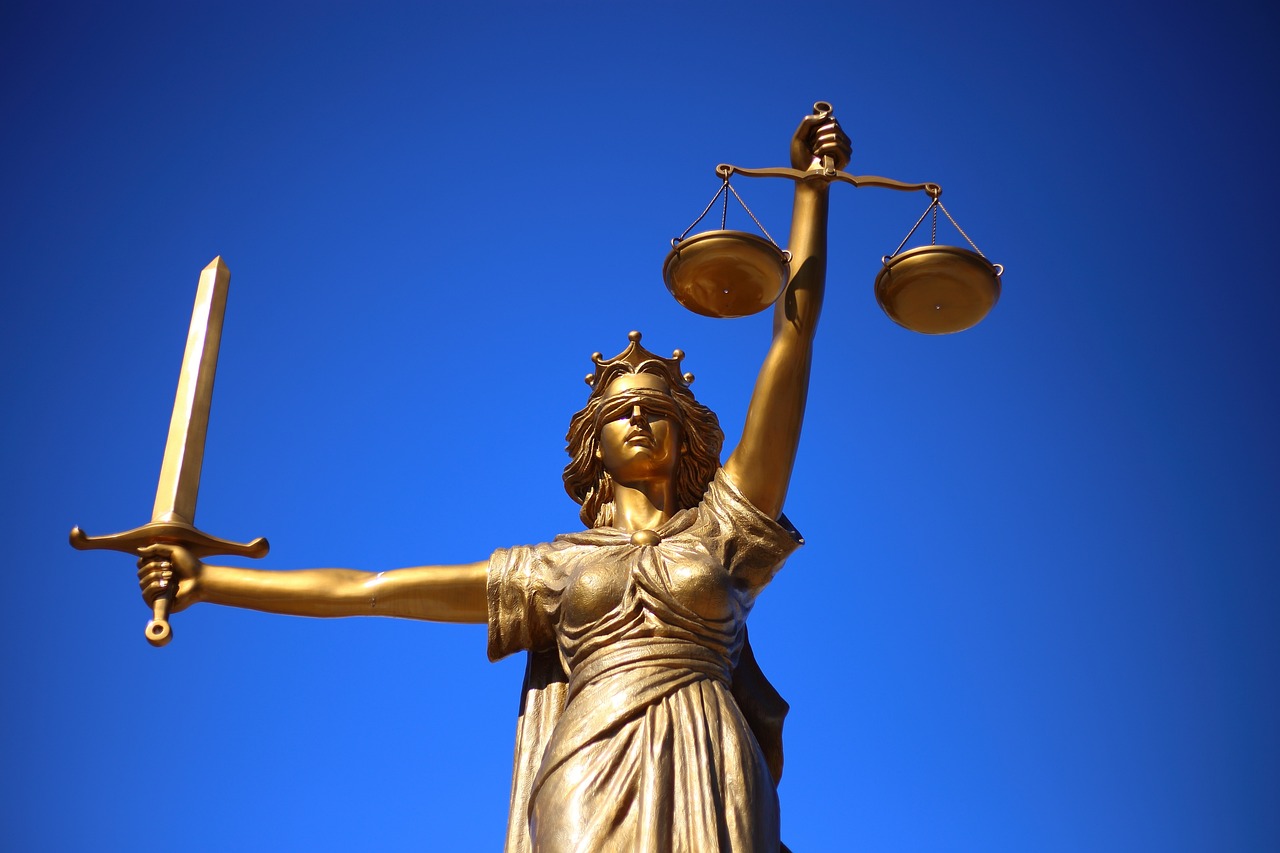Greek mythology represents a fascinating tapestry of stories encompassing the deities, heroes, and rituals integral to the lives of the ancient Greeks and the broader Classical world. Though thinkers like Plato in the 5th–4th century BCE recognized that these myths contained fictitious elements, they were largely viewed as factual narratives by the average Greek populace. The influence of Greek mythology on Western civilization has been profound, leaving a lasting imprint on arts and literature, which have drawn much from Greek culture.
Throughout history, diverse cultures have crafted their own myths to explain natural phenomena, narrate heroic tales, and legitimize social structures. However, Greek myths stand apart, offering unparalleled imaginative ideas that have captivated poets and artists through various epochs. The enduring themes from these myths resonate, continuously revealing their contemporary relevance.
Literary and Archaeological Sources of Myths
A significant portion of Greek mythology can be traced through literary sources like the epic narratives attributed to Homer, notably the “Iliad” and the “Odyssey.” The historian Herodotus acknowledged that both Homer and Hesiod shaped the personality of Olympian gods. These epics require the audience to already possess some knowledge of Greek mythology, as key characters are introduced with references to their background.
Hesiod’s contributions—particularly in “Theogony” and “Works and Days”—are crucial as they detail the genealogies of the gods and present a rich tapestry of folktales. “Theogony,” which dates back to around 700 BCE, outlines the origins and relationships of the deities, while “Works and Days” offers practical advice for navigating life’s challenges and emphasizes the significance of justice.
In addition to the Homeric works, later literature further enriched the mythological landscape. Fragmentary epics filled in the gaps of Trojan War narratives, while the “Homeric Hymns” provided vital religious myths. Lyric poets, notably Pindar, contributed various mythical accounts, enriching the existing traditions further.
During Hellenistic times, poets and scholars like Callimachus and Apollonius of Rhodes explored and recorded less-known myths, while the 1st-century BCE Geography by Strabo and writings by figures like Plutarch and Pausanias also preserved important mythological material. The mythographer Hyginus further contributed Latin narratives based on Greek mythology.
Archaeological Discoveries and Their Impact
Significant archaeological discoveries have vastly expanded our understanding of Greek mythology. The Mycenaean civilization, uncovered by Heinrich Schliemann, and the Minoan civilization, revealed by Sir Arthur Evans, have provided foundational insights into the cultural norms that shaped myth and ritual. Artifacts from these ancient cultures, particularly between 2200 and 1450 BCE, illuminate Minoan society, while Mycenaean artifacts from 1600 to 1200 BCE enhance our grasp of Greek myths’ earlier contexts.
Unfortunately, most of the evidence related to myth and ritual from these periods is limited to monumental remains, due to the Linear B script primarily recording practical inventories. Despite this, geometric pottery designs from the 8th century BCE offer glimpses into mythological scenes, although the lack of accompanying inscriptions poses challenges for accurate identification.
As we transition into the Archaic, Classical, and Hellenistic periods, it is clear that Homeric themes, alongside a range of other mythological stories, continue to shape and enrich Greek literary tradition, sustaining their impact well into the modern age.



